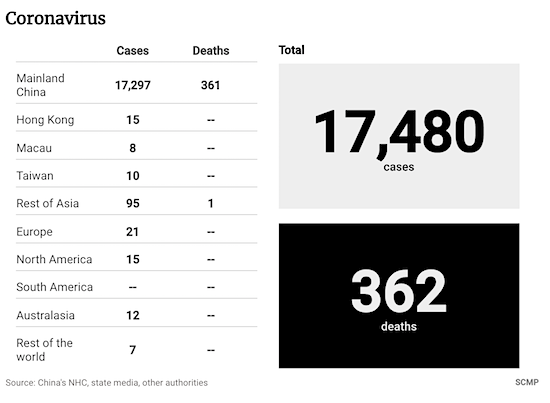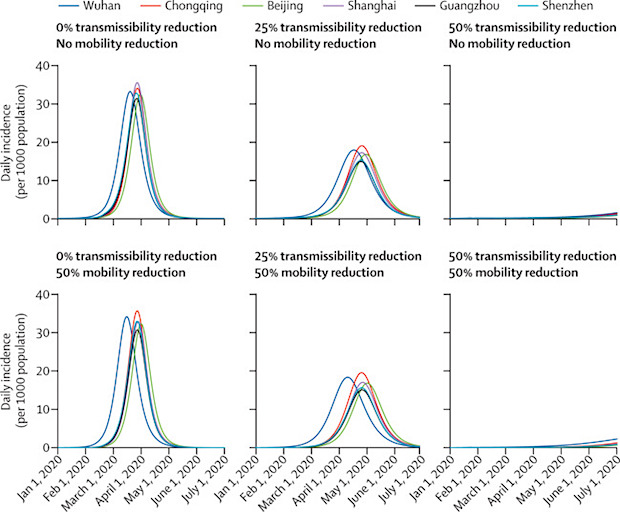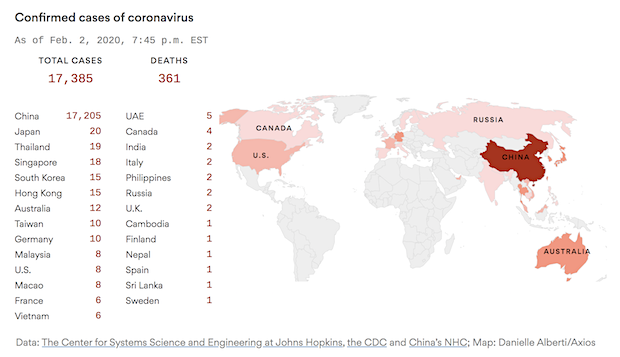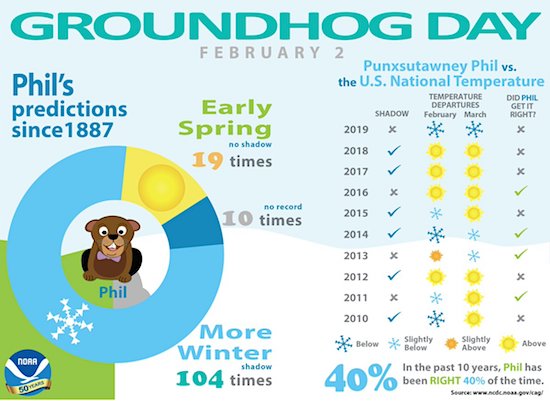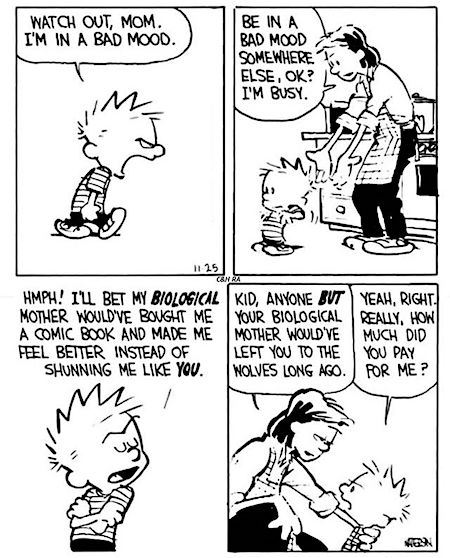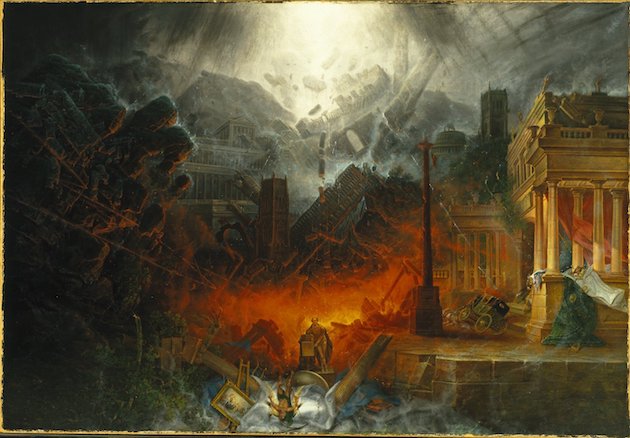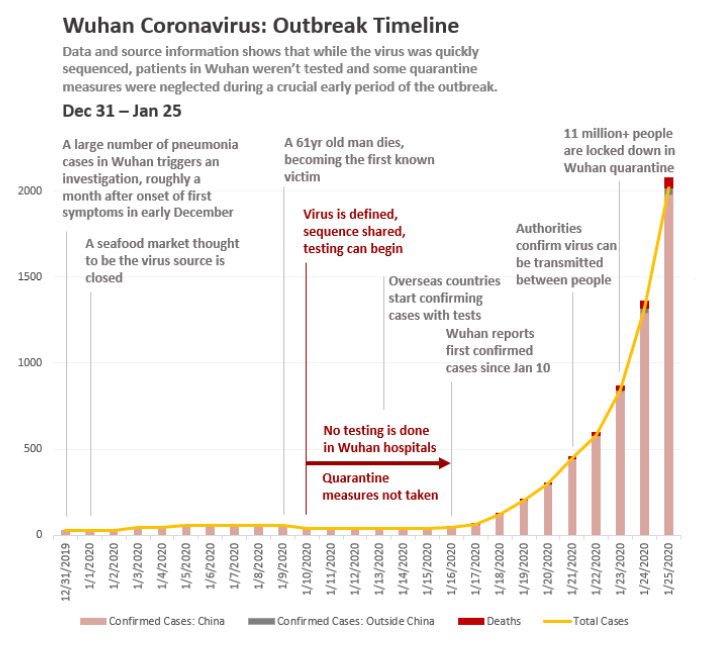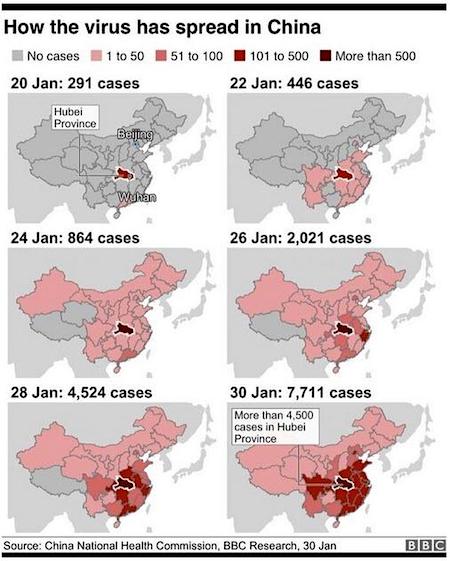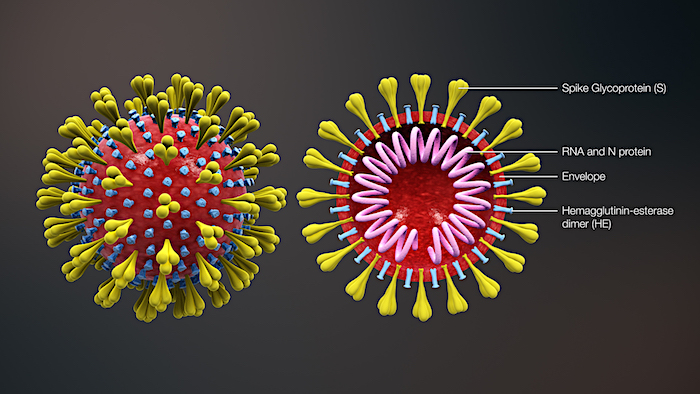
René Magritte La belle captive 1946

Today I took a few things out of my daily Debt Rattle news aggregator because I think they shouldn’t get lost in there. It’s interesting, for instance, that the coronavirus incubation period is now thought to be 24, not 14 days. It’s also interesting that the Chinese government tells local officials not to be too strict on companies wanting to re-open plants: “We will strictly stop restricting the production resumption in an oversimplified and crude way”.
If you ask me, that’s asking for trouble. What if one of those factories becomes a petri dish for new infections? Yesterday perhaps 10% of workers are thought to have reported back to their workplaces, today it might be 30%. Then again, in certain places the Lunar New Year has apparently been extended to February 18, so let’s not read too much into this-yet.
But that I’ll deal with later today in the February 11 Debt Rattle, which will be a bit later than usual because of this article. I’ll start this with Hong Kong University Professor Gabriel Leung, around whose January 31 report I based my February 5 article The Big Lockdown. Professor Leung has some more BIG numbers today. We’re getting into Spanish Flu territory now:
Expert Warns Infection Could Reach 60% Of World’s Population
The novel coronavirus epidemic could spread to around two-thirds of the world’s population if it cannot be controlled, according to Hong Kong’s leading public health epidemiologist. His warning came after the head of the WHO said recent cases of coronavirus patients who have never visited China could be the “tip of the iceberg”. Professor Gabriel Leung, chair of Public Health Medicine at Hong Kong University, said the overriding question was to figure out the size and shape of the iceberg. Most experts thought that each person infected would go on to transmit the virus to around 2.5 other people. That gave an “attack rate” of 60-80%.
“Sixty per cent of the world’s population is an awfully big number,” Leung told the Guardian in London, en route to an expert meeting at the WHO in Geneva. Even if the general fatality rate is as low as 1%, which Leung thinks is possible once milder cases are taken into account, the death toll would be massive. He will tell the WHO expert meeting that the main issue is the scale of the growing worldwide epidemic and the second priority is to find out whether the drastic measures taken by China to prevent the spread have worked – because if so, other countries should think about adopting them. [..]
At the end of January he warned in a paper in the Lancet that outbreaks were likely to be “growing exponentially” in cities in China, lagging just one to two weeks behind Wuhan. Elsewhere, “independent self-sustaining outbreaks in major cities globally could become inevitable” because of the substantial movement of people who were infected but had not yet developed symptoms, and the absence of public health measures to stop the spread.
Epidemiologists and modellers were all trying to figure out what was likely to happen, said Leung. “Is 60 to 80% of the world’s population going to get infected? Maybe not. Maybe this will come in waves. Maybe the virus is going to attenuate its lethality because it certainly doesn’t help it if it kills everybody in its path, because it will get killed as well,” he said.
About that fatality rate, we read today that “The Hubei health commission said the province had a total of 31,728 cases with 974 deaths by the end of Monday – a fatality rate of 3%.“.
The most interesting part of the numbers game comes from Ben Hunt at Epsilon Theory, who ‘normally’ writes about finance, investing, not viruses or epidemics. He’s the Chief Risk Officer of Salient Partners, an $18 billion asset manager. Hunt starts out his piece with showing how the US and Vietcong incessantly lied about casualties in the Vietnam war.
He then cites someone with the moniker Antimonic, I think on Reddit, who predicted the coronavirus death tolls of the past 5 days, 5 days ago, before they happened, using very simple math.
Hunt on Twitter: “I just published an update to this note, where I developed an absurdly simple model of how I’d show “Progress in the War against Coronavirus!”. It predicts the DAILY reported death rates with ridiculous accuracy. They’re. Not. Even. Pretending. Anymore.“
Here’s how Hunt summarizes it in his own words:
Let’s imagine, for example, that you’re President Xi, and you’d like to show that you are Winning the War ™ against nCov2019. You can’t just say that the epidemic is over and the disease is cured, because you’ve got more than 100 MILLION people in a military quarantine, and it’s kinda obvious that the disease is anything but cured. But you want to show progress in Winning the War ™. So maybe you come up with a rough formula that goes something like this …
Yesterday we told everyone that 500 people have died since the outbreak. That’s a made-up number, of course, but that’s what we told everyone. Today let’s tell everyone that an additional 15% of that number died yesterday, so 75 new deaths for 575 total dead. And tomorrow let’s tell everyone that 14% of that total number died, and the day after 13%, and then 12% and then 11%. Clear progress! Got it, my loyal cadres?
This way, the absolute numbers can rise, while the percentages fall.
The daily body count of killed and wounded North Vietnamese soldiers was, in Epsilon Theory-speak, a cartoon – an abstraction of an abstraction in service to the creation of Common Knowledge. Hey, everyone knows that everyone knows that we’re winning the war in Vietnam. Didn’t you see the body count numbers on CBS last night? Once you start looking for cartoons, you will see them everywhere. Inflation numbers? Cartoon. Employment data? Cartoon. Asset allocation? Electoral coverage? Financial journalism? Cartoon, cartoon, cartoon. And yes, we write a lot about cartoons. But this is the kicker.
Because it was so important to maintain the fiction that we were Winning the War ™, and that fiction required metrics like a body count of North Vietnamese that was always a multiple of the South Vietnamese casualties and always a factor of the American casualties, American war-fighting policy was soon driven by the narrative requirement to find and count the “right number” of North Vietnamese casualties! These were the infamous search-and-destroy missions of the Vietnam War. This is The Maw in action. Do a little research on search-and-destroy. Read about My Lai and Son Thang. Read Matterhorn. And then take a fresh look at the coronavirus stats coming out of China. Here’s the core post in a reddit thread that’s Matterhorn-esque in its truth (and a heck of a lot shorter to read).
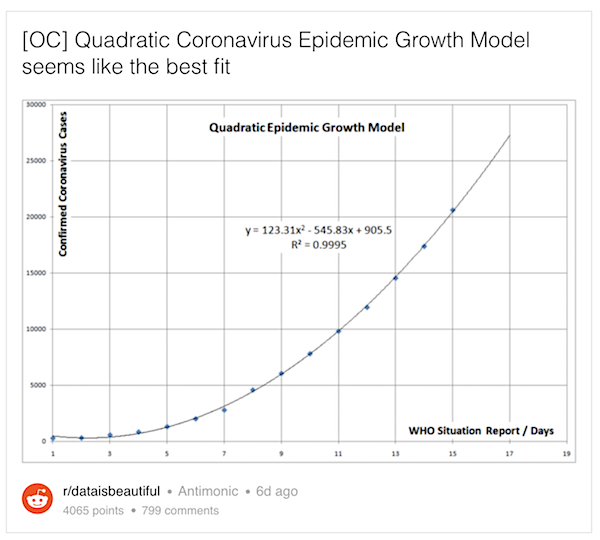
The point of this quadratic regression on Chinese infection and death numbers as reported by the World Health Organization from the first official announcement through February 4 was the publication of this projection.
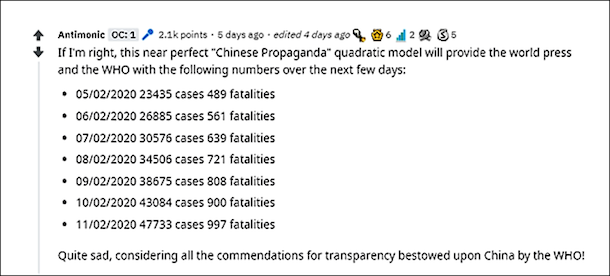
Sure enough, the WHO announcements since this prediction was published have been eerily close.
• 2/5 — 24,363 cases — 491 fatalities
• 2/6 — 28,060 cases — 564 fatalities
• 2/7 — 31,211 cases — 637 fatalities
• 2/8 — 34,598 cases — 723 fatalities
• 2/9 — 37,251 cases — 812 fatalities
• 2/10 — 40,171 cases — 908 fatalities
Crazy, right? The deaths being reported out of China are particularly accurate to the model, while the reported cases are leveling off (which is what you’d expect from a politically adjusted epidemic model over time … at some point you have to show a rate-of-change improvement from your epidemic control measures). But wait, there’s more. The really damning part of Antimonic’s modeling of the reported data with a quadratic formula is that this should be impossible. This is not how epidemics work. All epidemics take the form of an exponential function, not a quadratic function.
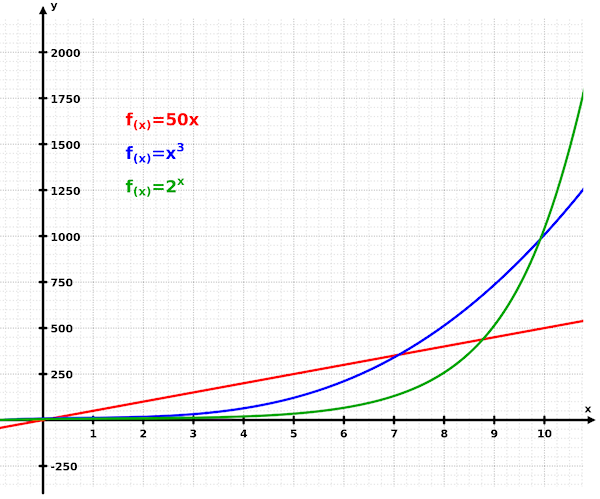
All epidemics – before they are brought under control – take the form of a green line, an exponential function of some sort. It is impossible for them to take the form of a blue line, a quadratic formula of some sort. This is what the R-0 metric of basic reproduction rate means, and if – as the WHO has been telling us from the outset – the nCov2019 R-0 is >2, then the propagation rate must be described by a pretty steep exponential curve. As the kids would say, it’s just math.

Today according to “official” numbers we have 43,103 cases and 1,018 fatalities, which is up 108 from yesterday’s 910. What’s that, 10.5%? Close enough for discomfort.
And we now have a whole new way to interpret the offical numbers.

The Automatic Earth will not survive without your donations Please support us.



